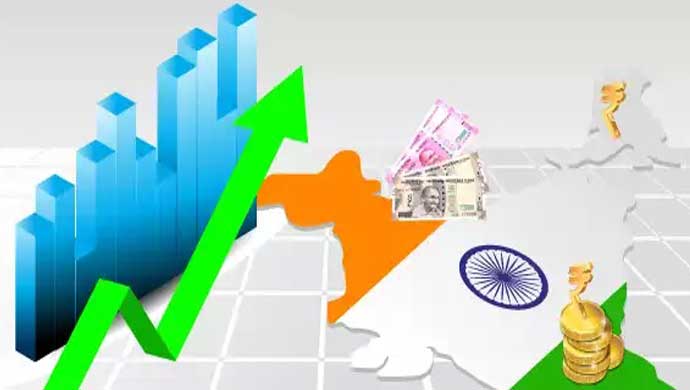INDIA IS SUFFERING FROM STAGNANT GROWTH TO LOW GROWTH

In recent times, right-leaning economists have been arguing that the Government does not need to do anything with the economy and that it will revive by itself. They call those who disagree with them, doomsday merchants. These economists reason that, like after the Great Depression, the economy rebounded worldwide, and so will it with us. The argument is fallacious on four accounts:
* The first factor, DEMAND. In the case of the Great Depression, demand was created by the Second World War effort. Especially in the United States, which was largely spared of the destruction, its industrial capabilities could be used as a supply base for the entire Allied effort. In the current scenario, there is no war to create demand. On top of it, the COVID-19 pandemic has resulted in demand destruction. This is because many jobs have been lost, and even where jobs were retained, there have been pay cuts. Both of these trends were confirmed in the Centre for Monitoring Indian Economy and other surveys. From the point of view of the Indian exporter, rising freight costs and non-availability of containers is a significant impediment along with structural issues such as a strong rupee relative to major competitors. Only the Indian IT sector is placed well to capitalize on rising demand in the world markets.
* Next is INFLATION. India is suffering from stagnant growth to low growth in the last two quarters. At best, any growth in the current quarter will be illusionary because it comes on top of substantial negative growth in the first quarter of last year, perpetuating a statistical phenomenon known as the “low base effect”. The base effect states that when measuring year-over-year growth, we take the previous year’s numbers as the base and measure the growth as a percentage. As in the low initial base set by last year, almost any growth this year is seen as a significant growth percentage. In comparison, the absolute growth figure is negligible.